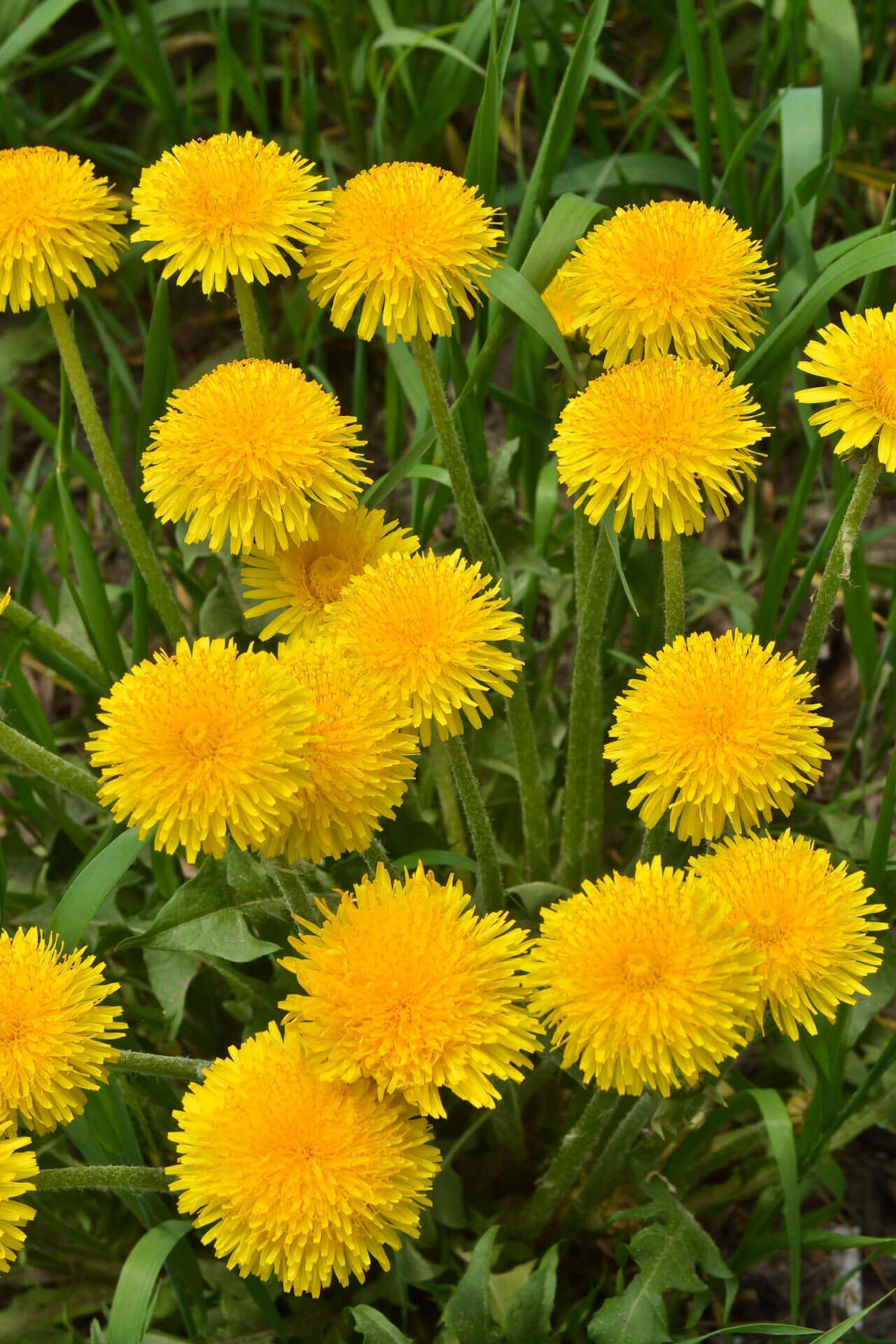Dandelions are ubiquitous in many gardens and lawns, often recognized for their bright yellow flowers that eventually turn into fluffy, white seed heads. Despite being classified as a weed by some, dandelions are a highly versatile and beneficial plant that has earned its place in the hearts of gardeners and foragers alike. Its resilience and usefulness in everything from natural remedies to culinary applications make the dandelion a fascinating plant to explore.
Where can I find dandelion plants?
Dandelions can be found anywhere, from rural fields to urban lawns and even along the edges of sidewalks. This widespread distribution makes them easy to find without venturing far from home. They thrive in various environments and soil types, making frequent visitors to gardens, parks, and wild meadows. Suppose you're looking to source dandelion plants for culinary or medicinal purposes. In that case, you can also purchase seeds from nurseries or garden centers, as many gardeners now recognize the value of this once-overlooked plant.
When searching for dandelion plants in your yard or elsewhere, ensuring that the area has not been treated with herbicides or other chemicals is essential. Dandelions are particularly adept at absorbing substances from the soil, and any toxins present may linger in the plant. Opt for organic dandelions or forage from natural, untreated areas to fully enjoy their benefits.
Are dandelions hard to grow?
Dandelions are one of the easiest plants to grow, requiring little care or attention once established. They flourish in poor soil conditions and can adapt to various climates, making them a hardy addition to any garden. Many gardeners find that dandelions grow effortlessly without much encouragement. Once a seed takes root, the plant begins establishing its deep taproot system, which lets it access food and water deep in the soil. This gives dandelions a significant advantage over other plants, especially in dry or nutrient-poor environments.
To encourage dandelions in your garden, scatter seeds on the soil surface, water lightly, and watch them grow. They thrive in full sun but can also tolerate some shade. Dandelions are remarkably self-sufficient, with little need for additional watering or fertilizing once they've taken hold. Those looking to grow dandelions intentionally can cultivate in a dedicated herb garden or a wildflower patch, where they will happily coexist with other plants.
Do dandelions come back every year?
Yes, dandelions are perennial plants, meaning they will return year after year once established. Their deep taproot ensures that even if the plant is cut or damaged above the ground, it can regenerate and sprout new leaves and flowers. This regenerative ability is one of the reasons dandelions are so resilient, as they can survive harsh conditions and continue growing without much interference.
In addition to their perennial nature, dandelions are also prolific seed spreaders. Once the flowers become familiar white seed heads, a gust of wind can send seeds drifting through the air, leading to the plant's rapid spread. This natural seeding process allows dandelions to reestablish themselves quickly, creating a cycle of growth and renewal that ensures their presence in gardens year after year.

If you're growing dandelions intentionally, you can manage their spread by harvesting the seed heads before they disperse or planting them in contained areas of your garden. However, even if allowed to spread freely, dandelions can benefit your garden ecosystem. They can attract pollinators and improve soil health with long taproots, which help aerate and break up compacted soil.
Can you pick a dandelion out of your yard and eat it?
Absolutely! Dandelions, from the root to the flower, are entirely edible and offer various culinary uses. They have been used for centuries in traditional diets, particularly in Europe and Asia. The leaves, roots, and flowers can be harvested and prepared in various ways, making dandelions a versatile addition to your kitchen.
The leaves are best harvested when young and tender, as older leaves can become more bitter. They can be devoured raw or cooked. Dandelions are full of vitamins A, C, and K, making them nutritious for health-conscious eaters. With their mild sweetness, the flowers can be used to make dandelion wine, added to salads, or even fried as a crispy snack.
Dandelion roots are often used in herbal teas and tinctures and are prized for their detoxifying properties. When roasted and ground, dandelion roots can also be used as coffee, giving a rich, earthy flavor without the caffeine. Whether harvesting dandelions from your yard or foraging in the wild, ensure the plants are free from pesticides and other contaminants before consuming them.
Many local markets or health food stores now sell dandelion greens for those who prefer a more structured approach to foraging. You can also find dandelion-based products, such as teas, tinctures, and supplements, highlighting the plant's numerous health benefits.
Dandelions are more than just a common weed; they symbolize resilience, offering beauty, nourishment, and natural remedies. By cultivating an appreciation for this humble plant, you can easily unlock its many benefits and incorporate it into your garden and lifestyle.
























































 " alt="Featured Collection Perennials " />
" alt="Featured Collection Perennials " />
 " alt="Featured Collection Ferns " />
" alt="Featured Collection Ferns " />
 " alt="Featured Collection Live Moss " />
" alt="Featured Collection Live Moss " />
 " alt="Featured Collection Trees " />
" alt="Featured Collection Trees " />
 " alt="Featured Collection Shrubs " />
" alt="Featured Collection Shrubs " />
 " alt="Featured Collection Vines " />
" alt="Featured Collection Vines " />
